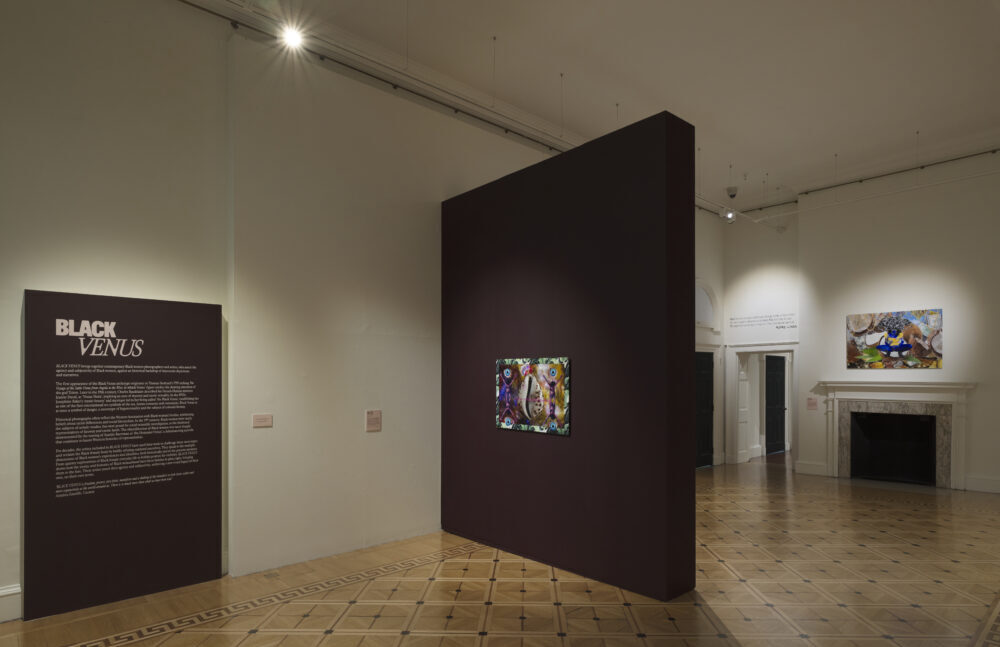For those passionate about art, culture and Black history, seeing “Black Venus” while in London this summer is a must. This groundbreaking exhibition, will be hosted at London’s Somerset House until Sept. 24. It offers a unique window of opportunity for people to witness an impactful display. “Black Venus” delves into the historic representations of Black women throughout visual art. It sheds light on their enduring struggles, resilience and contributions to artistic expression.
This powerful showcase of narratives in the heart of London creates a profound space for reflection and dialogue. It invites visitors to engage with the complexities of Black female experiences. From historical misrepresentations to contemporary expressions of strength and identity, ‘Black Venus’ inspires visitors to appreciate the progression of visual culture and recognize the transformative power of art. The thought-provoking pieces challenge conventional norms and societal beauty standards, presenting a refreshing perspective.
Curator Aindrea Emelife emphasizes the significance of ‘Black Venus,’ stating.
“Rather than simply putting forth a compelling group of contemporary talent, Black defines a legacy,” Emelife said. “At a time when Black women are finally being allowed to claim agency over the way their own image is seen, it is important to track how we have reached this moment.”
Saartjie Baartman
Emelife drew inspiration from the story of Saartjie Baartman, the Hottentot Venus, unjustly exhibited in Europe, exoticized, and fetishized in art and visual culture. ‘Black Venus’ represents a critical exploration of the historical representation and shifting legacy of Black women in visual culture.
“In looking through these images, which span different stages of history, we are confronted with a mirror of the political and socio-economic understandings of Black women at the time and how the many faces of Black womanhood continue to shift in the public consciousness,” she added.
By bringing these stories to the forefront, the exhibition serves as both a celebration of Black women’s contributions to the art world. It also is a call to challenge the persistent biases and stereotypes that have plagued their portrayal.
Visitors can immerse themselves in a journey of discovery. They can gain new perspectives and deepen their understanding of the cultural significance of these artworks. As visitors navigate the exhibition halls, they encounter a diverse range of artistic styles from classic portraits to modern multimedia installations. Each piece weaves its unique narrative. They collectively contribute to a broader understanding of Black women’s experiences and representation in the art world.





